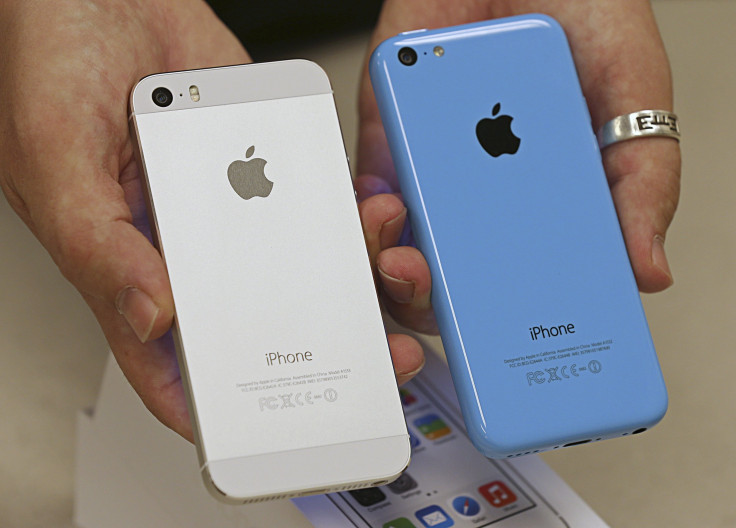E-LABEL Act May Remove Symbols From The Back Of Your Apple iPhone

The seemingly random symbols on the back of smartphones, like the ones found on the back of iPhones made by Apple Inc. (NASDAQ:AAPL), may soon go digital thanks to a new bill introduced by the U.S. Senate.
Senators Deb Fisher, R-Nebraska, and Jay Rockefeller, D-West Virginia, introduced the E-LABEL Act on Thursday, to allow companies to use digital stamps to meet Federal Communications Commission guidelines instead of requiring the labels to be etched on the physical device.
The Federal Communications Commission welcomed the bill on Friday by issuing an “Electronic Labeling Guidance” document written to help manufacturers present required information properly by using E-labels.
“The Commission's willingness to engage and help promote certainty regarding e-labeling deserves to be commended,” Fisher said. “This is a good first step toward the implementation of new rules promoted by the E-LABEL Act that would modernize our labeling requirements to the benefit of manufacturers and consumers.”
Sen. Rockefeller lauded the bill as a way to lower costs for both manufacturers and consumers.
“The E-LABEL Act has the potential to lower device costs for consumers by creating new efficiencies in manufacturing,” Rockefeller said.
Standards and trade organizations supported the introduction of the E-LABEL act as a way to bring device rules into the modern age.
“CEA welcomes the E-LABEL Act, which would give device manufacturers the option to present on a wireless device’s display or screen the markings and identifiers normally required to be fixed to the device’s casing,” Veronica O’Connell, vice president of government and political affairs at CEA, said.
“It’s certainly time to bring those rules into the 21st century by giving manufacturers the option of providing labeling information digitally,” Vice President of Government Affairs for CTIA-The Wireless Association Jot Carpenter said.
© Copyright IBTimes 2024. All rights reserved.












